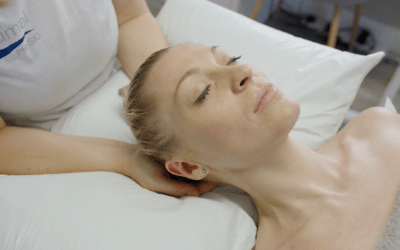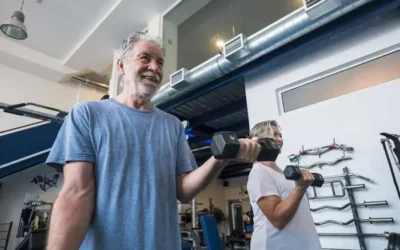Since I started working at Optimal Physio many people have asked me, what makes paediatric physiotherapy different? and why is the treatment of children considered a speciality? The answer put quite simply;
Children are NOT just little adults!
Paediatric physiotherapists are seen as specialists in the treatment of children and infants between the ages of 0-16 and there are 3 key areas in providing these infants and children with an Optimal physiotherapy experience:
Understanding
Working with children on a regular basis in both the NHS and her at Optimal means that I spend a significant period of time researching and studying paediatric conditions and rehabilitation. But even before this, it was important to learn what is normal for a child, how does a child’s muscle tone and joint mobility feel in comparison to an adult. To fully understand this, it takes time and for many private physiotherapists, children pass so infrequently through their practice this can often be overlooked.
Children by nature are very robust, think back to your school days… how many days did you miss of sport in your teenage years compared to now as an adult? Or how many P.E lessons did you require to be excused from in primary school? For most, not many!
The reasoning behind this is children, as they develop, change. For example, in childhood your bones have higher elastic properties than an adult. This is demonstrated by greenstick fractures; the most common fracture in childhood yet almost non-existent in the adult population.
Another very important factor to consider in children is growth itself, this natural process can for some lead to pain and suffering for a short period of their adolescents. Soft tissue structures such as muscles and ligaments have differing growth rates from that of inorganic structures of bone. Meanwhile, cartilage is continually changing in property and blood supply as children grow. Having a strong knowledge of the interaction between these structures plays a very important role in understanding the mechanisms of both injury and rehabilitation in the younger population.
Diagnosis & Treatment
Having laid the foundations of a strong understanding of normal, as with all physiotherapy it is important to be able to recognise abnormal, accurately diagnose and formulate an effective treatment plan.
Physiotherapists work primarily on pattern recognition, we were not blessed with X-ray eyes, this means that we rely on what we see and our understanding of physical signs and symptoms. In any line of work, the more you see it; the more you recognise it and diagnosis of musculoskeletal conditions is no different. In children however there are a small number of conditions that we simply do not see in the adult population. Seeing a paediatric physiotherapist with higher exposure to these conditions (E.g Perthes, SCFE & osteochondritis dissecans) minimises the risk of misdiagnosis and increases your likelihood of a positive outcome.
Similarly, once an accurate diagnosis is made treatment must be tailored to a child’s level of development. There is a well-known myth that weight training in children and adolescent’s stunts growth.
Resistance training in adolescents Does NOT stunt growth!
We now have a large body of evidence showing that resistance training during growth is perfectly safe. However, the prescription of volume and intensity varies in children and adolescents to that of an adult. As stated earlier muscles, tendons and bones all have different properties during growth. This means that a wrong intensity of resistance training can lead to further pain through strong inelastic tendons pulling excessively at the site where they attach muscles to the bone. When this happens excessively, due to the relatively softer composition of bone in children this can lead to inflammation (traction apophysitis) or worse fracture (Avulsion fracture).
Communication
Finally tailoring of a treatment programme must be specific to a child’s age and whether they are 6 or 16 will play a role in how the same principles of rehabilitation are applied. With younger children games and obstacle courses can be utilised to facilitate the same demands as gym based exercise programme for teenagers. Through experience and practice I have developed a wide knowledge of techniques to engage younger children and an even a knowledge of kid’s TV!
I hope the above has helped to answer the question what makes paediatric physiotherapy different?
Appointments with Andrew are available at the Optimal Physiotherapy Clinic, Newton Mearns at both evenings and weekends where he is experienced and confident in the diagnosis and management of children with:
- Acute injuries e.g. post fracture, muscule or ligament sprains
- Orthopaedic conditions e.g. Talipes, Torticollis & Plagiocephaly
- Growth Conditions: Osgood Schlatters, Severes & Sinding-Larsen-Johansen
- Neurological conditions e.g. Cerebral Palsy
- Neurological Surgery e.g Selective Dorsal Rhizotmoy (SDR)
- Walking problems
- Coordination problems
- Developmental delay
- Congenital Conditions and syndromes e.g. Spina Bifida, Down’s Syndrome
- Rheumatological Conditions e.g. Juvenile Idiopathic Arthritis
By Andrew Cunningham, Physiotherapist.
Appointments can be made online at optimalphysio.co.uk or by calling 0333 3010205.
Andrew can also be contacted directly by email at andrewc@optimalphysio.co.uk.



0 Comments